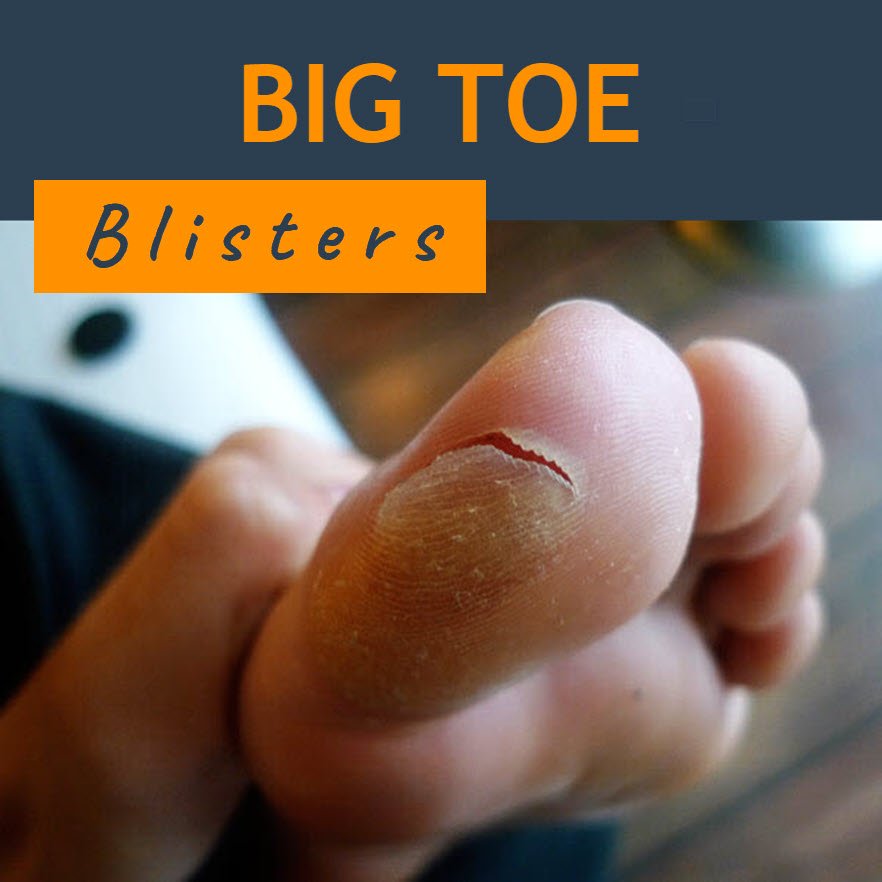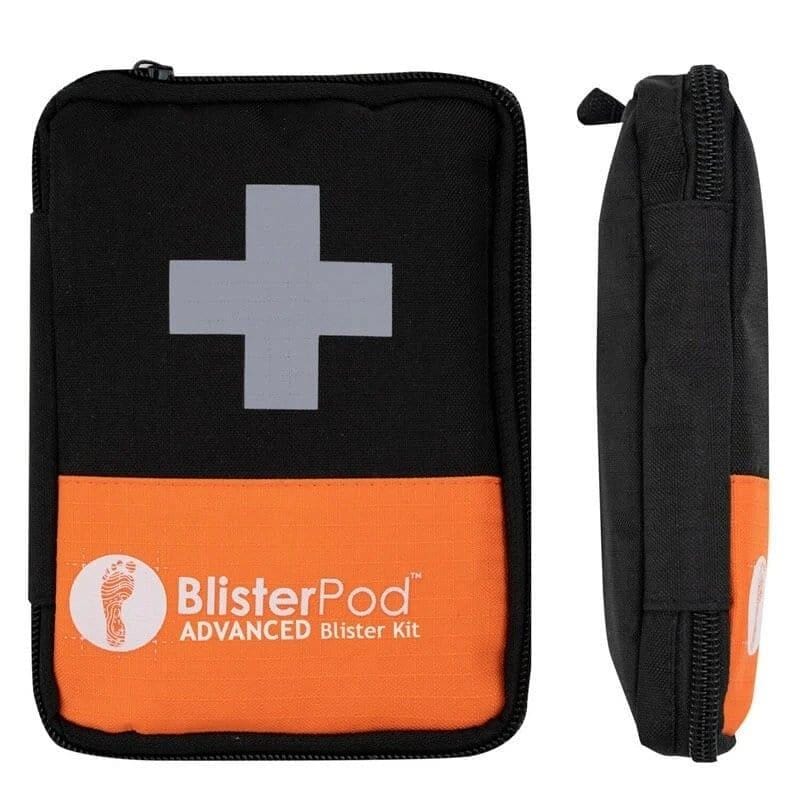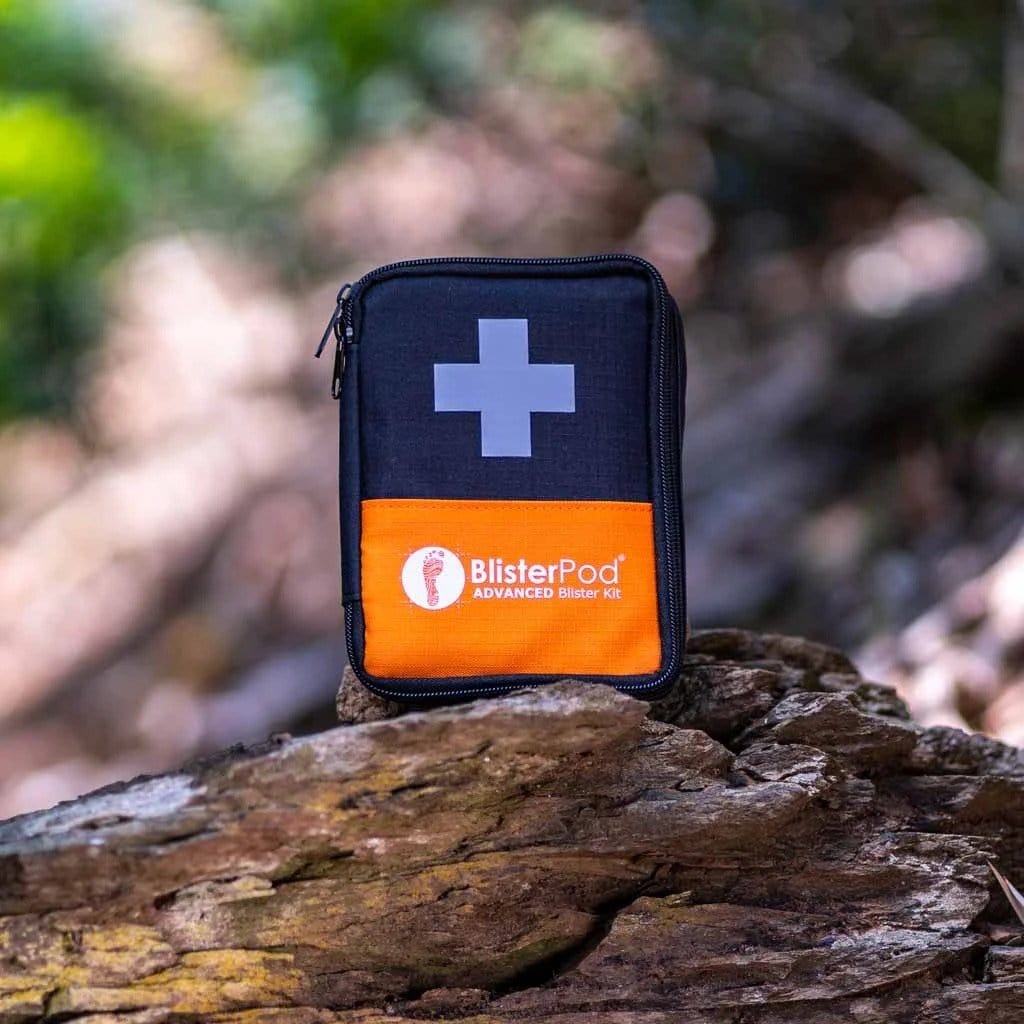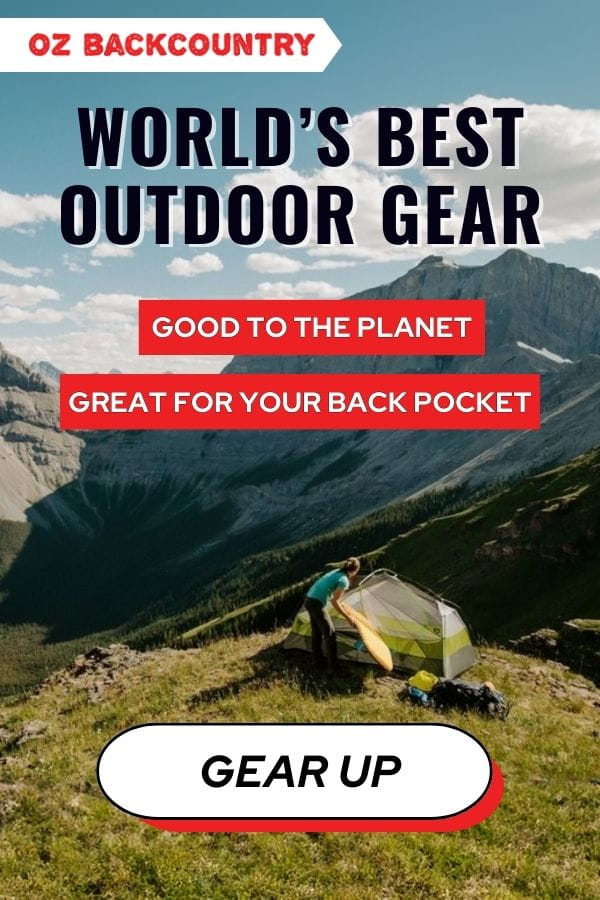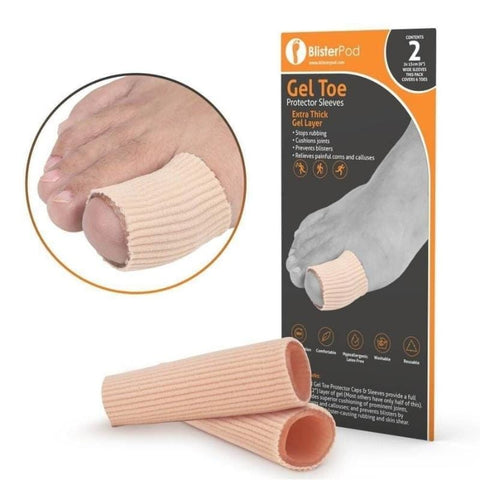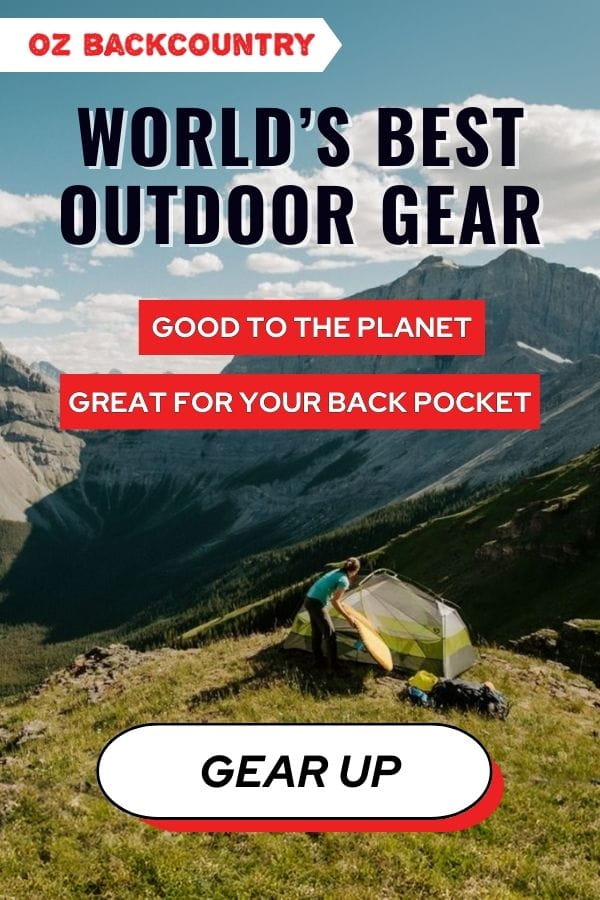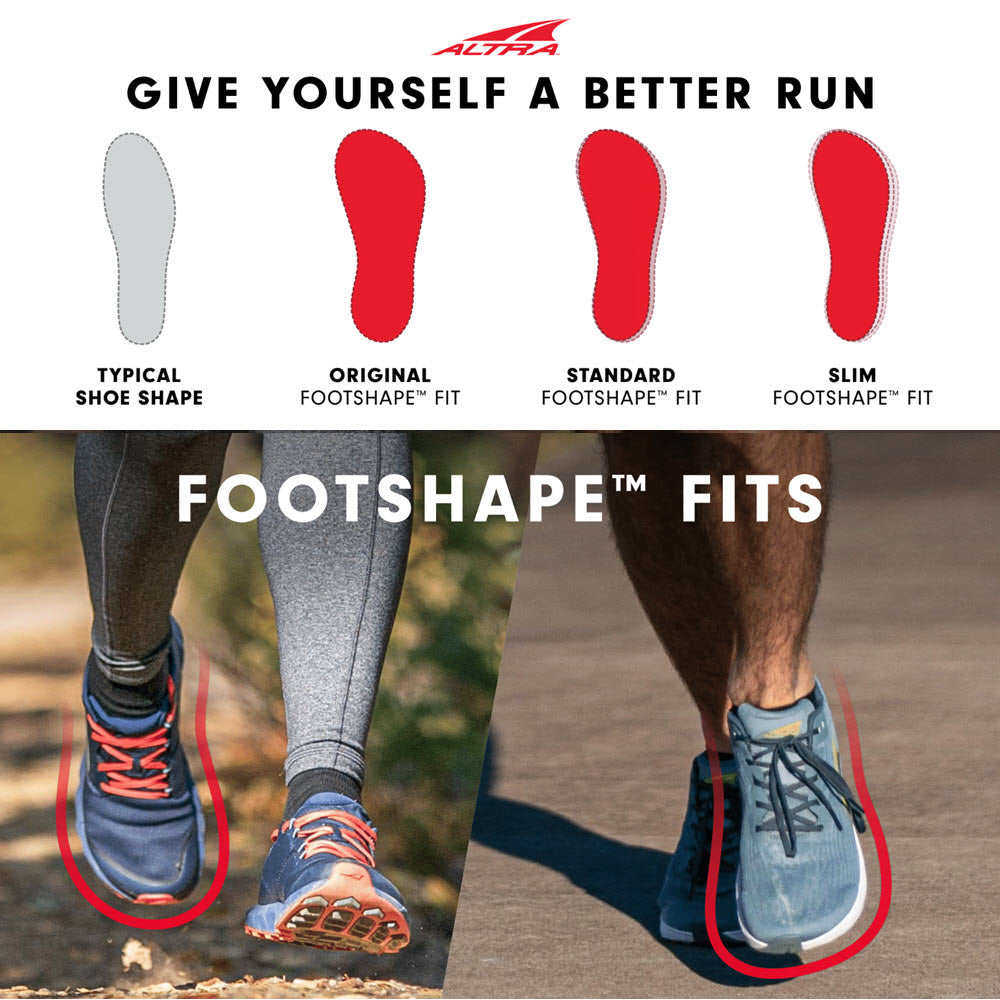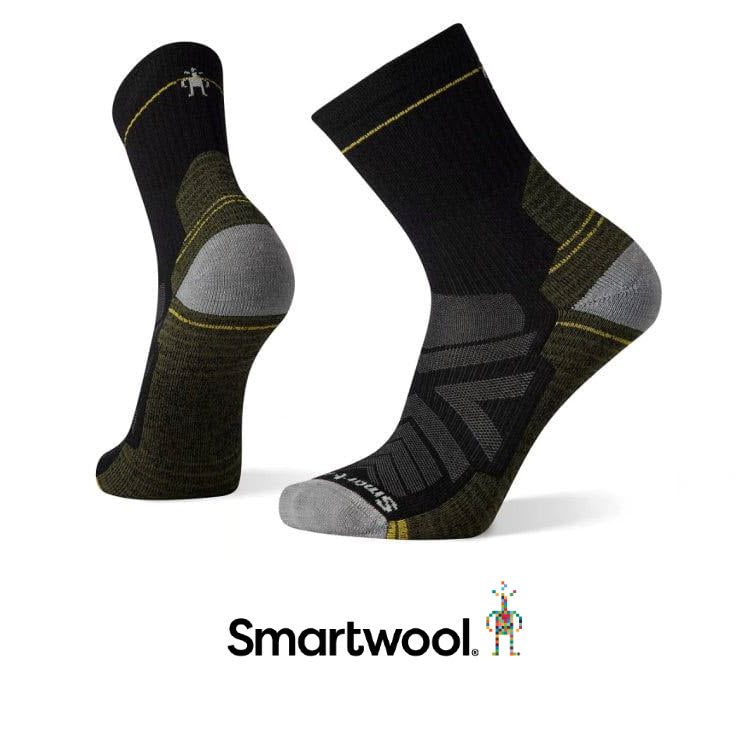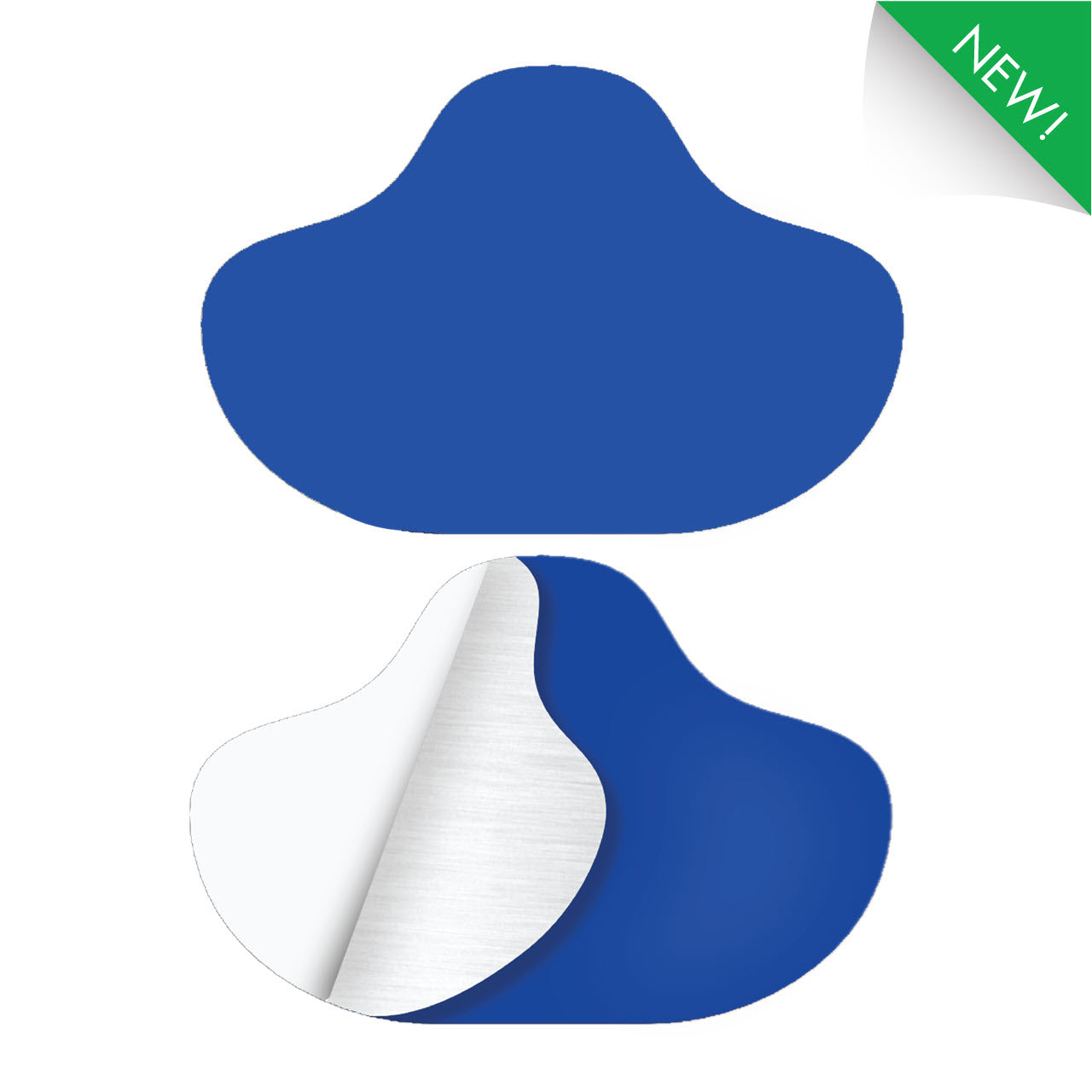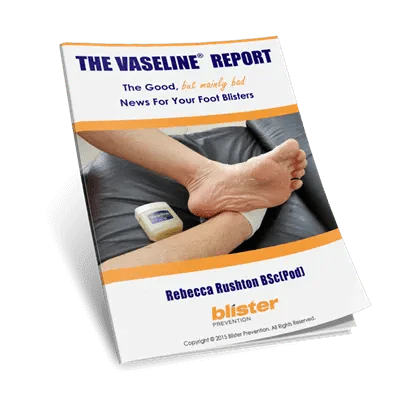Big toe blisters usually occur under the toe, particularly under the outer edge. I don't see many on top of the big toe. In this article, you'll learn what causes blisters under the big toe so you can understand how to fix them. There are two methods that work best. In fact, the key is to alter your biomechanics and reduce friction levels.
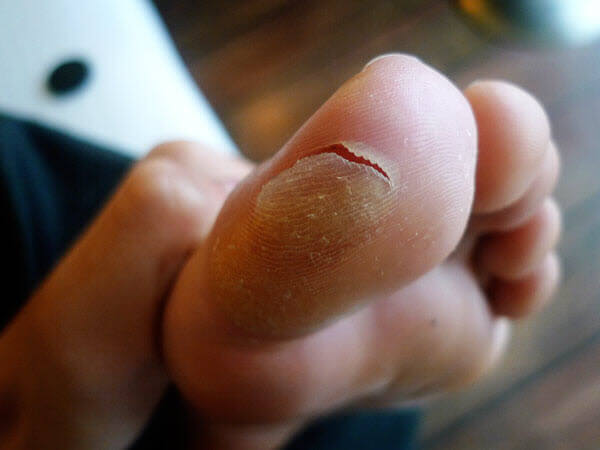
Big toe edge blister
What causes big toe blisters?
Blisters under the big toe are more than likely a consequence of your foot's structure or biomechanics. Here are the contributing factors that might be relevant to your big toe blister:
- You walk with your feet turned out and roll off the side of the toe rather than toeing-off straight through the toe.
- Your big toe is angled towards the others (often the result of a bunion) and so you roll off the side of the toe rather than toeing-off straight through the toe.
- Your gluteal muscles are weak causing more internal leg rotation, foot pronation and pressure under the edge of the big toe.
- You're wearing shoes that are too narrow at the toes, so a part of your big toe is "hanging over the edge" of the shoe.
- Your big toe knuckle (1st MPJ) is stiff in the upwards direction causing higher weightbearing forces under the big toe.
- Your big toe knuckle has plenty of upwards bend when you're off your feet. But when you're on your feet, this range of motion becomes unavailable for biomechanical reasons (more on this below).
A common biomechanical cause of big toe blisters
1) An inefficient windlass mechanism
The windlass mechanism is an important biomechanical function in the foot that promotes efficient gait. When this is not working efficiently, one consequence is lower forces under the big toe knuckle and high forces under the big toe.

The windlass mechanism: As the big toe flexes upwards, the arch raises.
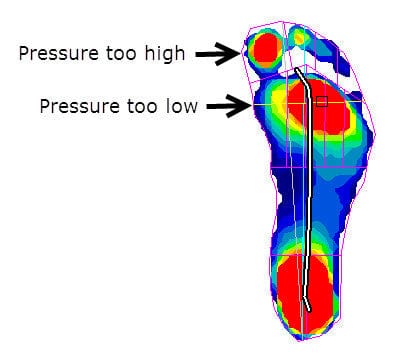
High pressure under the big toe (not under the MPJ) due to a functional hallux limitus (inefficient windlass mechanism)
"Blisters under the big toe are more than likely a consequence of your foot's structure or biomechanics."
Take a look at the pressure map above. This person had what we call a "functional hallux limitus" (FnHL). A FnHL is caused by an inefficient windlass mechanism. That means she had plenty of upwards bend at the big toe knuckle. But when she walked, this range of motion was not available, due to an inefficient windlass mechanism. And so an excessive amount of pressure is borne by the big toe. A more normal pressure map would see red under the knuckle, not under the big toe.
2) High friction levels
The friction properties of all the materials within your shoe are high. I'm talking about:
- Your clammy skin
- Your moist socks
- The interior lining of your shoes
- The innersole material
- The cover on your orthotic
It's important that these materials are high-ish friction. Because your foot needs traction within your shoe. You don't want your feet sliding around too much in there! Thankfully, most people get away with these high friction levels most of the time. But for some of us, this high friction when combined with high pressure, produces an amount of skin shear that causes blisters.
Preventing big toe blisters
Now we know the two biggest causes of big toe blisters, let's look at their prevention. Let's hone in on these two causes and see what we can do to prevent big toe blisters.
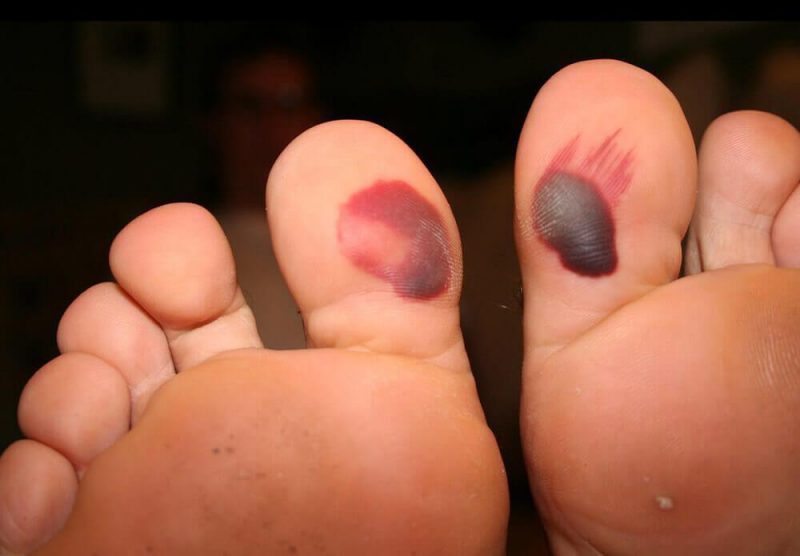
Big toe blood blisters
1) Dealing with your biomechanics
The best way to deal with high pressure under the big toe (including edge blisters) is to see a podiatrist. They will figure out if there is a reason that can be fixed by changing your biomechanics. The blisters mentioned earlier (pressure map) were addressed successfully with orthotics. Not just any old orthotics though! Orthotics with specific design features that are known to facilitate the windlass mechanism, so load is reduced under the big toe. Podiatrists have many tools and therapies at their disposal that can improve this important biomechanical function. If you're getting recurring big toe blisters, I recommend you get your feet checked.
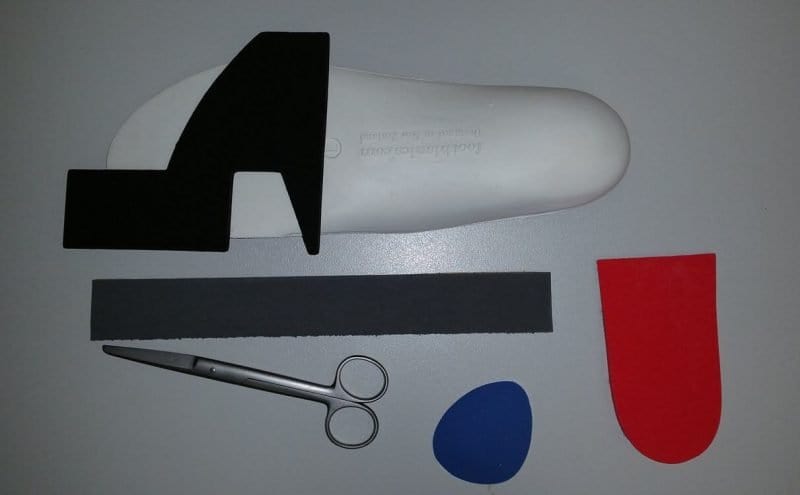
Orthotic design features that facilitate the windlass mechanism
2) Cutting friction levels with Engo Patches
There are other ways to reduce friction levels. You can find them all here. However, none of them last as long and do it as effectively as ENGO Blister Patches. The aim is to turn the high-ish friction level of your insole into a very low friction surface. In other words, we want your sock to be able to glide easily back and forth over this part of the insole.
If your blistering occurs under the toe only, one large oval patch positioned under the toe is all that’s needed. The patch shown on the insole is a large oval patch, from the ENGO 4-Pack. If you also want to cover the forefoot joint further back, grab the ENGO Rectangle Pack.
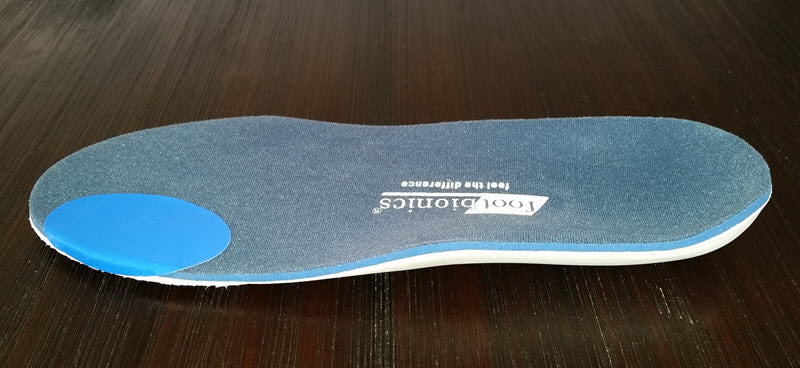
ENGO Patch (large Oval) placement for blisters under the big toe
If you’re blistering occurs under the outer edge of your toe, you'll need an additional Engo Patch on the inside of your shoe. Watch the video below to figure out if you've got an edge blister. Above all, see how to implement the Two-Patch Technique with Engo Patches. Since you're dealing with an edge blister, you'll need two oval patches per shoe. The ENGO 4-Pack will cover you for one pair of shoes.
3) Gel toe protectors
Gel toe sleeves and caps absorb blister-causing shear. The more shear absorbed by an external material, the less shear there that the skin has to do with. Gel absorbs A LOT of shear. Gel toe protectors have their pros and cons — read about these here. The most important one is, only use these as prevention. As soon as the skin is blistered, a gel toe protector can actually make it worse.
Why do I have blisters on my right foot big toe and not my left?
A lot of people ask why they only get a blister on one foot and not the other. The fact is, there are a multitude of reasons. Firstly, we a not born perfectly symmetrical, left to right. As the years go by, we get less and less symmetrical. For example, we develop a dominant side which means we function less symmetrically — we favour one foot to push off on and we kick a ball with one foot in preference over the other. Not to mention asymmetrical sports — in my case, hockey.
Then consider the common situation where one foot is slightly bigger than the other — yet the shoes you wear are exactly the same. Then consider getting a sore hip, injuring your knee or spraining your ankle. It makes you walk in a way to compensate for that sore side. These temporary or permanent causes of asymmetry could all be reasons why you get a blister on one big toe, or pinky toe or anywhere and not on the other side. They're all reasons why there are different magnitudes or durations of blister-causing forces imparted onto the skin.
Should I Pop A Blood Blister On A Big Toe?
Sure, you can pop a blister under your big toe. As long as you have all the right gear to care for that blister (something sterile to lance it with, antiseptic or antibiotic, island dressing). Be sure to read this blister popping article to decide whether it's a good idea for you to pop your blister.
Getting Started
A couple of ENGO Patches and a trip to your podiatrist are your best chance of stopping even the worst cases of blisters under your big toe.
